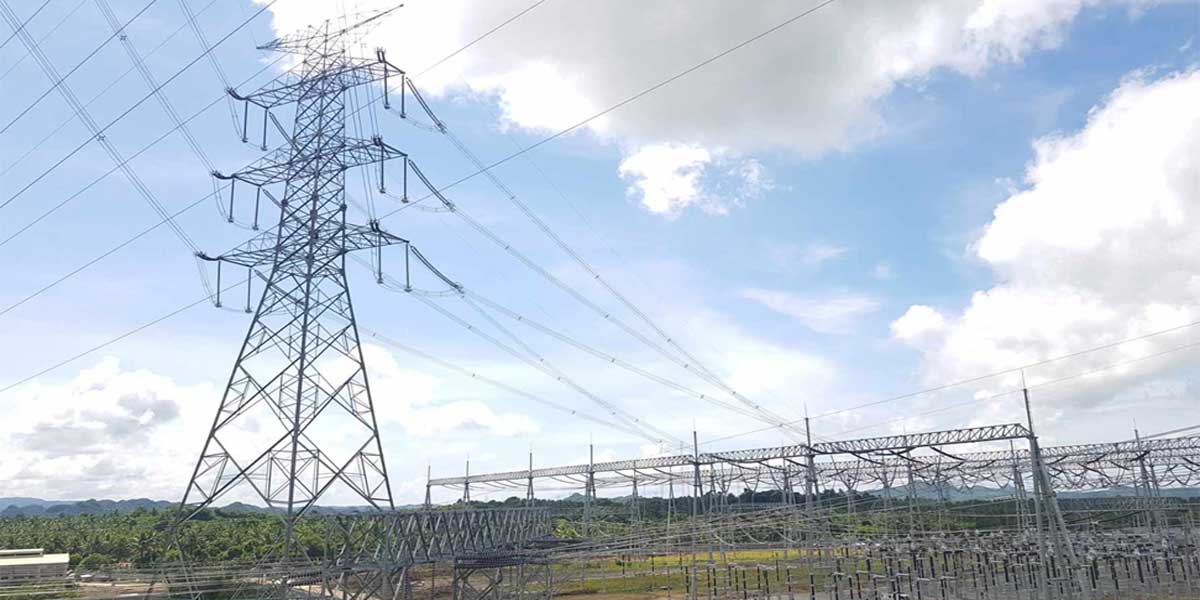 By Engr. Edgar Mana-ay
By Engr. Edgar Mana-ay
HOUSTON, Texas, USA – This is my third article on a very controversial and novel method of extracting petroleum oil and natural gas from underground which is very different from the conventional oil drilling method used worldwide for the past one hundred years.
Unlike traditional oil production which involves drilling holes into the earth until the tremendous ocean of oils (like in the Middle East) is reached, Hydraulic Fracking or Fracturing extracts oil and gas trapped in shale rocks (a compacted silt and clay layer underground) by forcing high-pressure liquid (water, sand, and chemicals) into the shale layer deep underground. The high-pressure mixture fractures the shale releasing huge amounts of trapped oil and natural gas deposit and the water pumped is left behind after all the oil and gas have been taken out.
Fracking has transformed the center of oil geopolitics from the Middle East to the US. It has turned the US, a nation once reliant on foreign energy sources from some rouge and unsavory oil nations into a net exporter of crude oil, natural gas and refined petroleum products such as gasoline and diesel fuels. Because of fracking, the US is now producing 15 million barrels per day (mbpd) of equivalent oil and gas (less than half from fracking) surpassing the former giant nation producers of Saudi Arabia and Russia.
Here in Houston port alone the US is sending out an average of 80 to 90 supertankers and barges a day loaded with crude, LNG (liquefied natural gas), and finished petroleum products including chemicals such as solvents, benzene, propylene, and others. My son is among the hundreds of process and safety auditors overseeing the loading and discharging of these vessels. In contrast, Philippine oil production from our dwindling offshore wells plus the condensate (liquid portion) from the Malampaya gas wells is only 30,000 barrels per day!
Because of fracking, the US became an energy-independent and an oil oil-exporting country in the last four years. It has kept USA gasoline prices relatively low, created thousands of new jobs and has largely insulated itself from the political machinations of the Middle East, Russia, and OPEC. It has also blunted the deleterious effects of supply shock such as the Iran drone attack on the Saudi petroleum complex that had temporarily reduced Saudi Arabia’s capacity to almost 50%, albeit for a short time only.
In the past, such disruption would cause world oil prices to skyrocket, not this time, because US sold/exported oil from its filled up strategic petroleum reserve (SPR, a subject I have discussed in the past) to fill up the world oil shortage and of course made a lot of money in the process (hero na, may kuarta pa!). Essentially the US dominance in global oil production has weakened OPEC’s grip on global oil prices and supplies and reduced the effectiveness of rogue nations like Iran to use their oil to blackmail and threaten other nations.
But for how long will the Fracking process last so that the United States can maintain its dominance in oil and natural gas production in the world? Since Fracking is one of the most expensive methods in oil production, its viability depends on world oil price at a minimum of $55/barrel (It’s now stuck at $50 to 60 per barrel for a year now). The process itself is controversial as many believe that fracking depletes local drinking water supplies because of the tremendous amount of water pumped into the hole to break soil layers thousands of hectares under the ground to release the trapped oil and gas. It is also suspected to cause earthquakes where they haven’t historically occurred. Scores of tremors have been felt in places such as Oklahoma, Texas, Arkansas, Ohio, West Virginia and other places that scientists attribute to the fracking process.
But what is most alarming to the US oil and gas industry is that Fracking wells are drying much faster than conventional oil wells. To keep up with the demand, more fracking wells have to be drilled quicker because they run dry quicker. Some analysts think hydraulic fracking may not be the long-term foundation for US energy independence. Some energy analyst believes that the “shale oil boom,” as it has been called may have already peaked. Others estimate that production will peak by 2030 at 14.5 million barrels per day (mbpd), up from 8 mbpd of today.
Much will depend on the price of a barrel (159 liters) of oil, which should be above $60, and innovations in hydraulic fracking. Meanwhile, the US is not putting all its energy eggs in the basket of fracking. As discussed in my previous articles, it is embarking on deep-sea conventional offshore drilling for oil deposits unreachable at the moment, also in deep geothermal drilling up to 30,000 ft. to access deep geothermal resources.
In the Philippines, our only abundant natural gas resource at Malampaya is providing 2,700 megawatts of cheap and clean electricity to the Luzon grid but will be exhausted in four to five years. Until now, we don’t have a concrete plan on where to get its replacement. Because of bully China’s interference, the plan is to accommodate China as a partner in harnessing the natural gas at Recto Bank which will take at least 5 years to replace Malampaya. The disputed Recto Bank could hold up to 500 million barrels of oil and 4 trillion cu. ft. of natural gas which is bigger than that of Malampaya as estimated by the Department of Energy. Instead, our other direction is to import LNG (liquefied natural gas), an added financial burden to the Filipinos, most probably from Australia or the US. That’s why the Lopez-owned First Gen is building the first LNG import facility in Batangas costing $1.2 billion to feed Santa Rita, San Lorenzo and Ilijan gas-fired power plants in Batangas who are presently the customers of Malampaya gas.
Ownership of Recto Bank is beyond dispute since it is only 70 nautical miles from Palawan. China insists on claiming both Recto and Panatag shoal even though they are within the Philippine’s 200-mile exclusive economic zone (EEZ) as defined by UNCLOS (United Nations Convention on the Law of the Sea). We should not allow a greedy and bully China as a partner in developing Recto Bank, instead, we should retain the existing and successful operator of Malampaya which is Shell, Chevron, and PNOC. As the saying goes: “If it isn’t broke, why fix it?”






















